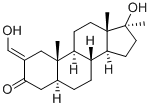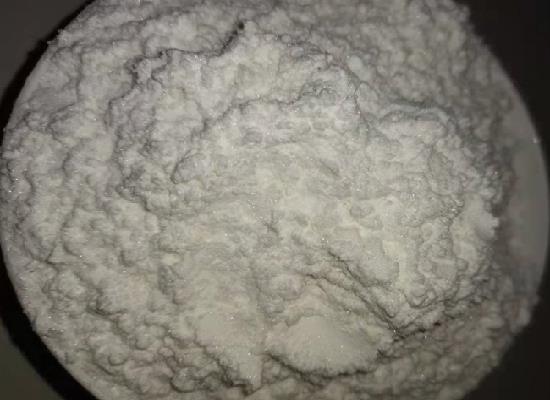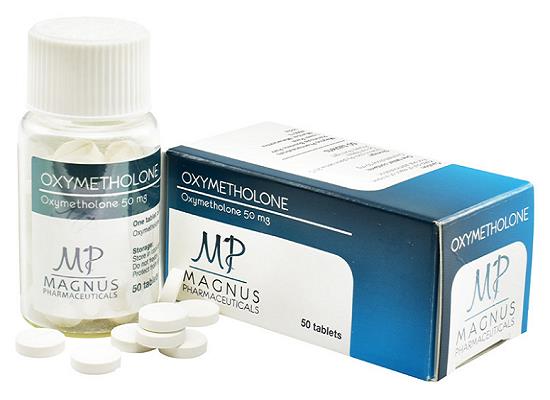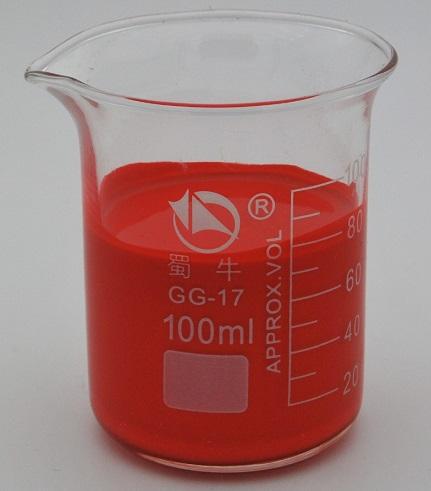Oxymetholone - Medical uses, Mechanism of Toxicity and Environmental Fate
Oxymetholone, marketed as Anadrol, is a synthetic anabolic steroid developed in 1960s. Its primary clinical applications include treatment of osteoporosis and anemia, as well as stimulating muscle growth in malnourished or underdeveloped patients.
Medical uses
Oxymetholone is used in treatment of myelofibrosis and myelosuppression. This drug can provoke bone marrow cells and rise the blood cells in the peripheral blood vessels. It has been approved by the US Food and Drug Administration for the treatment of anemia caused by deficient red cell production. It is effective in catabolic states, replacement of male sex steroids in men who have androgen deficiency, and in eugonadal male and female patients with acquired immunodeficiency syndrome-associated wasting.
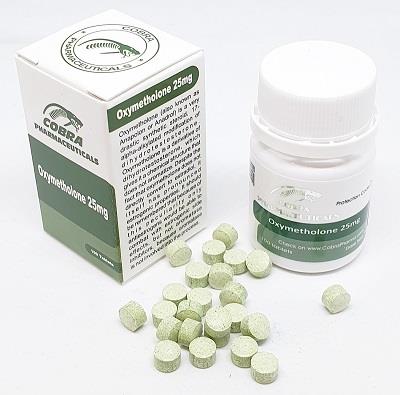
Mechanism of Toxicity
Acute and Short-Term Toxicity (or Exposure)
Animal/Human
No exact data exist for carcinogenicity of oxymetholone in human and animal. Oxymetholone is generally presumed to be a nongenotoxic. This statement is based primarily on the results of mutagenicity test, repeated-dose toxicology studies, and the predicted results of a 2-year rat carcinogenicity bioassay. Use of oxymetholone by a pregnant mother can cause virilization of a female fetus. Oxymetholone overdose produces symptoms such as nausea and vomiting. Most of the signs and symptoms appear after chronic toxicity. Patients are expected to recover rapidly after acute overdose but there are few data. ‘Body builders’ use doses many times the standard therapeutic doses for these compounds but do not suffer acute toxic effects.
Chronic Toxicity (or Exposure)
Human
Liver injury, jaundice, and gynecomastia can occur. Acne,
abnormal lipids, cardiovascular disease (including stroke and
myocardial infarction), abnormal glucose tolerance, muscular
hypertrophy in both sexes, and psychiatric disorder can happen
during or after prolonged treatment. Hypertension, left
ventricular hypertrophy, and premature coronary artery disease
have been reported. Also, stroke, aggressive behavior, depression,
mania, psychotic symptoms of hallucination, and delusion
in anabolic steroid abusers are seen. Fluid and electrolyte
impairments and retention of sodium and water in users lead
to edema. Hypercalcemia and insulin resistance with a fall in
glucose tolerance have been reported.
Chronic Toxicity (or Exposure)
Reproductive Toxicity
Women develop signs of virilism with increased facial hair, male pattern baldness, acne, deepening of the voice, irregular menses, and clitoral enlargement. Prostatic hypertrophy, impotence, and small doses of anabolic steroids are said to increase libido, but larger doses lead to azospermia and impotence. Testicular atrophy is a common clinical feature of long-term abuse of anabolic steroids.
Environmental Fate
Oxymetholone may release into the environment through various waste streams. If released to air, oxymetholone does not absorb light at wavelengths >290 nm and therefore is not expected to be susceptible to direct photolysis by sunlight. If released to soil, oxymetholone is expected to have moderate mobility. Occupational exposure to oxymetholone may occur via dermal contact with this compound at workplaces where oxymetholone is produced. It can be overused intentionally in humans as a performance enhancement drug in athletes.
You may like
Related articles And Qustion
See also
Lastest Price from Oxymetholone manufacturers
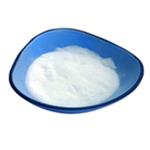
US $200.00/g2025-11-24
- CAS:
- 434-07-1
- Min. Order:
- 100g
- Purity:
- 99
- Supply Ability:
- 999

US $10.00/box2025-08-22
- CAS:
- 434-07-1
- Min. Order:
- 1box
- Purity:
- 99
- Supply Ability:
- in stock
